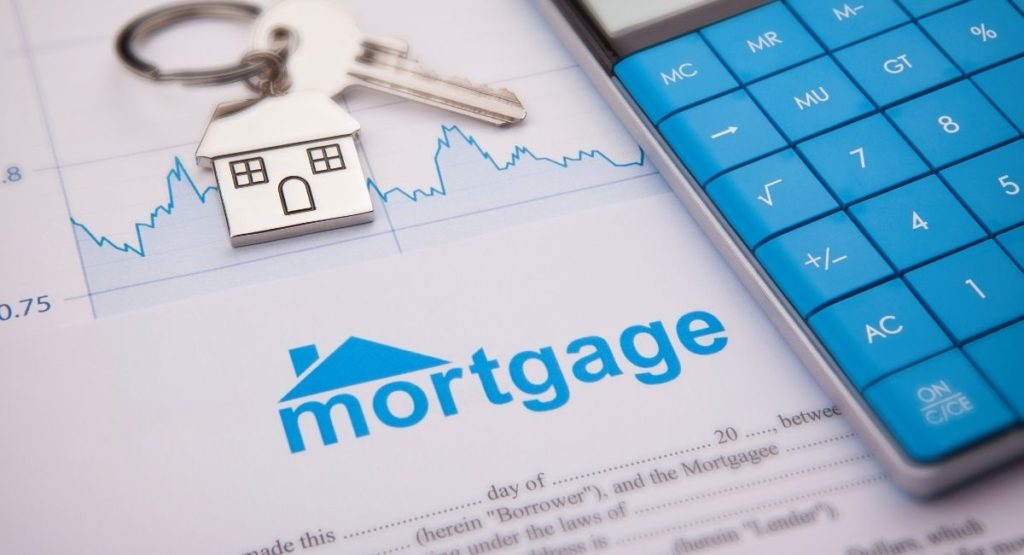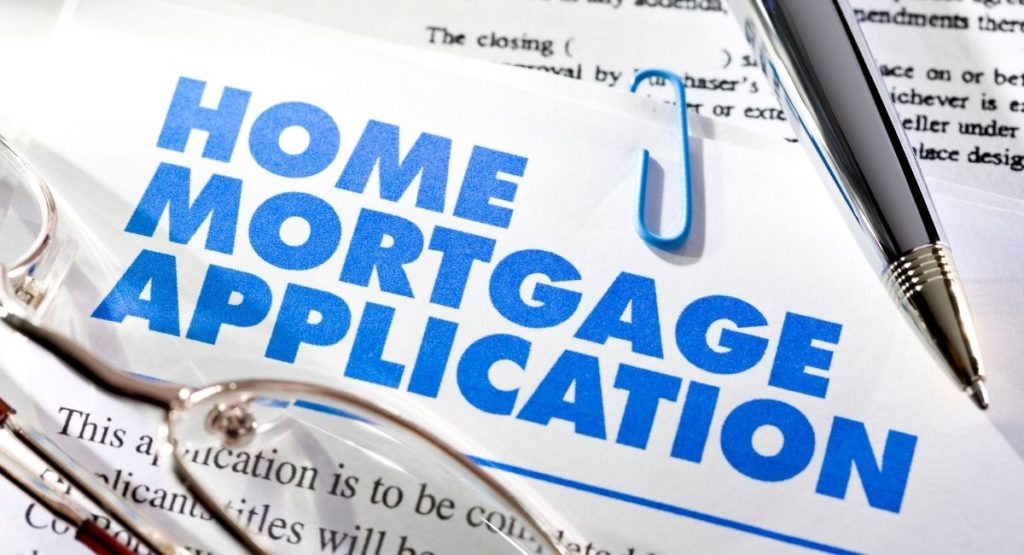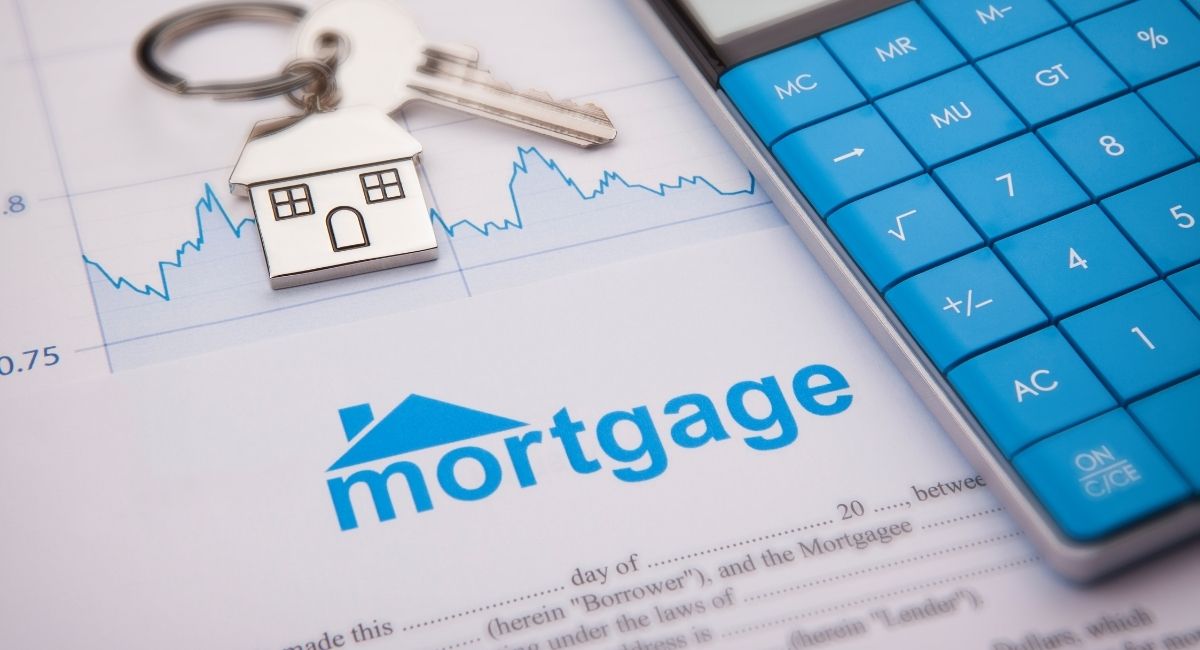You will be responsible for paying a mortgage for the next 30 years or so, so you should know exactly what a mortgage is. But understanding mortgages can be difficult. Nevertheless, you don’t need an advanced degree in economics to learn about the financing of your home. A crash course in mortgage basics will do just fine.
What is a Mortgage?
A mortgage works much like other loans. When you take out a home mortgage loan, you agree to pay back the money you borrowed along with interest over a specific period of time.
In exchange, the lender (typically a bank) will pay the upfront cost of the property. The home or the property is then used as collateral to protect the lender in a situation when the borrower stops making mortgage payments.

What are the Different Parts of a Mortgage?
A home mortgage is comprised of three parts—a down payment, monthly payments, and fees.
• The Monthly Payment: It is the amount used to pay off the mortgage over the loan’s lifetime and includes a payment on the principal of the loan and interest. Often, property taxes and other fees are also added to the monthly bill.
• Fees: This includes various costs you have to pay upfront to get the mortgage.
• The Down Payment: The majority of the loan amount will be paid over a period of time, but there is also an upfront cost that comes with purchasing the property called a down payment. Almost every lender requires this. Typically, the down payment will be about 20 percent of the overall cost of the house. The other 80 percent can be paid off with the mortgage. The larger your down payment, the better your financing deal will be—lower interest rate, fewer fees, and ability to gain equity in your home quickly.
The Different Types of Mortgages
People hail from different financial backgrounds and situations. For this reason, mortgages come in different sizes and shapes to accommodate all the unique needs and circumstances of each borrower.
There are two primary types of mortgages—a conventional home loan, and a mortgage guaranteed by a private lender or banking institution, and a government-backed loan. Within these categories, other less common payment options also exist.
These are the most common types of home mortgages.
Fixed-Rate Mortgage
A fixed-rate home mortgage allows you to pay the same interest rate – a fixed interest rate – throughout the entire term of the loan. This is a popular choice among homebuyers as the interest rates are locked in. It gives you the much-required assurance that the rate won’t increase as time goes on. Nonetheless, fixed-rate home mortgages usually start at a higher interest rate than their counterparts.
Adjustable-Rate Mortgage
An adjustable-rate mortgage is also known as the ARM. As the name suggests, it features an interest rate that can change throughout the length of the loan. As the interest rate can vary, the monthly mortgage payments will also shift. While this option is riskier for homebuyers, most ARMs feature caps that prevent the interest rate and monthly payments from fluctuating too dramatically. On a positive note, this type of mortgage starts at a lower interest rate than others.

Government-Backed Mortgage
Government-backed mortgages are regulated by the U.S. Department of Housing and Urban Development. These home loans are designed to help homebuyers in need through benefits like lower interest rates and down payments.
Government-backed home loans come in one of the three forms:
- Federal Housing Administration (FHA) Loans: Created to help people purchase affordable housing, FHA loans are made by a lending institution, such as a bank. However, the federal government insures home loans. They offer low down payments and are available to homebuyers with low credit scores. Apparently, this is the least expensive loan that non-veterans can get.
- Veterans Administration (VA) Loans: the U.S. Department of Veterans Affairs administers VA home loans to provide loan benefits to the veterans who served in the United States Armed Forces during times of conflict. To apply for the mortgage, the first step is to obtain a certificate of eligibility. Then, submit this certificate with your most recent discharge or separation release papers to the VA eligibility center.
- U.S. Department of Agriculture (USDA) Loans: The USDA home mortgage is aimed at serving homebuyers in rural areas. Administered and backed by the United States Department of Agriculture, this type of loan is for rural property buyers who are unable to get a home loan from traditional sources or have an adjusted income at or below the low-income threshold for the area.
Interest-Only Mortgage
The interest-only mortgage allows homebuyers to not pay the principal until a specific time. This is often a beneficial option for individuals who are concerned about making monthly payments that include both the principal and interest.
However, there is risk associated with delaying principal because this type of loan pushes people to buy homes they can’t immediately afford. Nonetheless, it is still a popular option for many, especially people who don’t have enough savings to pay the principal upfront.
Happy Home Mortgage Hunting
Buying a home is a huge deal and choosing the right way to finance it is essential. Every homebuyer has distinctive financial circumstances. Similarly, mortgages also come with a lot of variables, maybe more than any other loans. So, it is vital that you learn about the basics of a home mortgage before jumping into it.
Learning some of the basic mortgage terms ahead of time will help you understand precisely what you are signing up for. Nevertheless, if you find everything a little bit too overwhelming, it is recommended that you work with a mortgage expert to grab the best deal on what might be the most significant investments of your lifetime.

Have Questions? Ask Jana!
Your real estate agent is the best source of information about the local community and real estate topics. Give Jana Jeanette a call at 803-524-2473 to learn more about local areas, discuss selling a house, or tour available homes for sale.


 Keller Williams Connected
Keller Williams Connected